
Forest Lawn Memorial Park is a privately owned cemetery in Glendale, California. It is the original and current flagship location of Forest Lawn Memorial-Parks & Mortuaries, a chain of six cemeteries and four additional mortuaries in Southern California.

Joseph Baermann Strauss was an American structural engineer who revolutionized the design of bascule bridges. He was the chief engineer of the Golden Gate Bridge in San Francisco, California.
Cypress Lawn Memorial Park, established by Hamden Holmes Noble in 1892, is a rural cemetery located in Colma, California, a place known as the "City of the Silent".

Bernard Ralph Maybeck was an American architect in the Arts and Crafts Movement of the early 20th century. He was an instructor at University of California, Berkeley. Most of his major buildings were in the San Francisco Bay Area.
Hubert Lewright Eaton was an American businessman who is known for Forest Lawn Memorial-Parks & Mortuaries in California.
Forest Lawn Memorial-Parks & Mortuaries is an American corporation that owns and operates a chain of cemeteries and mortuaries in Los Angeles, Orange, and Riverside counties in Southern California.
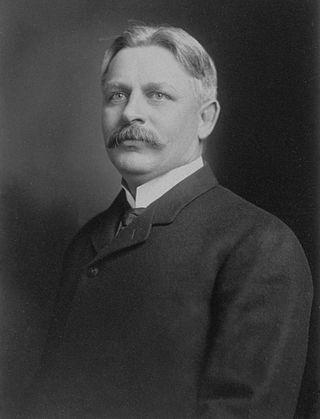
John Diedrich Spreckels, the son of German-American industrialist Claus Spreckels, founded a transportation and real estate empire in San Diego, California, in the late 19th and early 20th centuries. The entrepreneur's many business ventures included the Hotel del Coronado and the San Diego and Arizona Railway, both of which are credited with helping San Diego develop into a major commercial center.

John Galen Howard was an American architect and educator who began his career in New York before moving to California. He was the principal architect at in several firms in both states and employed Julia Morgan early in her architectural career.
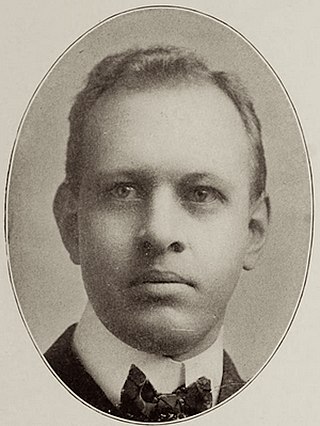
William James Dodd (1862–1930) was an American architect and designer who worked mainly in Louisville, Kentucky from 1886 through the end of 1912 and in Los Angeles, California from early 1913 until his death. Dodd rose from the so-called First Chicago School of architecture, though of greater influence for his mature designs was the classical aesthetic of the Beaux-Arts style ascendant after the Chicago World's Columbian Exposition of 1893. His design work also included functional and decorative architectural glass and ceramics, furniture, home appliances, and literary illustration.
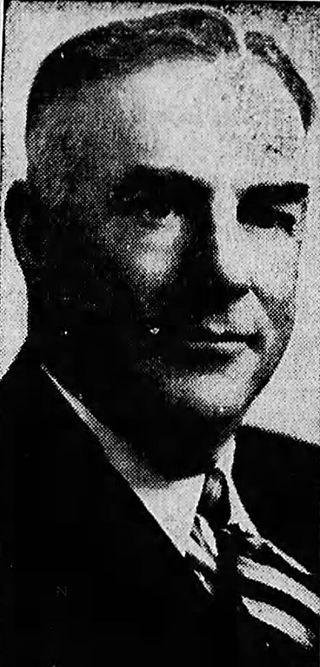
Thomas Rolph was a United States representative from California. He was born in San Francisco, California. His older brother was James Rolph, Jr., who would be elected as Mayor of San Francisco in 1911 and later as Governor of California in 1930.

16th Street station is a former Southern Pacific Railroad station in the Prescott neighborhood of Oakland, California, United States. The Beaux-Arts building was designed by architect Jarvis Hunt, a preeminent railroad station architect, and opened in 1912. The station has not been served by trains since 1994.

Albert Edward Coxen was an English-born American actor. He appeared in over 200 films during his career.
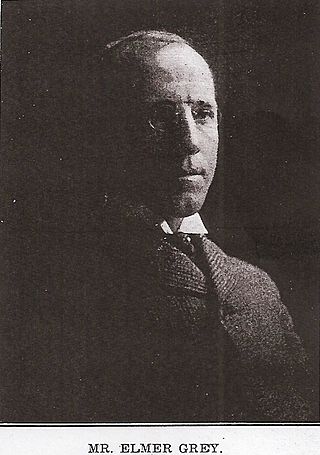
Elmer Grey, FAIA was an American architect and artist based in Pasadena, California. Grey designed many noted landmarks in Southern California, including the Beverly Hills Hotel, the Huntington Art Gallery, the Pasadena Playhouse and Wattles Mansion. He is credited with being one of the pioneers in the development of the new American architecture in the early 20th century, with a focus on harmony with nature and eliminating features not belonging to the local climate and conditions. Grey was also a noted artist whose paintings are in the permanent collection of the Chicago Art Institute.

Carl Jules Weyl was a German art director. He won an Oscar in the category Best Art Direction for the film The Adventures of Robin Hood. He was also nominated in the same category for the film Mission to Moscow.

Aristide Leonori was an Italian architect and engineer. He worked mostly on religious buildings in Italy, the United States, and Africa, in a variety of styles.
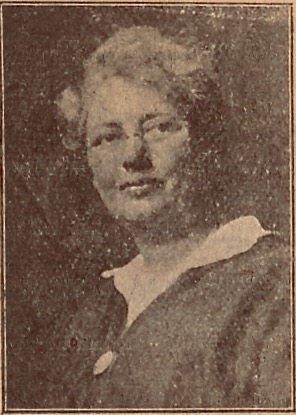
Mary DeNeale Morgan also known as M. DeNeale Morgan, was an American plein air painter, especially in watercolor, and printmaker. She was the director the Carmel Summer School of Art sponsored by the Carmel Arts and Crafts Club and a founding member of the Carmel Art Association (CAA) in Carmel-by-the-Sea, California.
William Lee Woollett (1873-1955) was an American architect practicing mainly in California. He designed theaters in Los Angeles in the 1920s including the largest movie theater ever built in Los Angeles, Grauman's Metropolitan Theatre which opened in 1923.
Glass and Butner was an architectural partnership of Edward Francis Glass and Charles Edgar Butner based in Fresno, California. It operated from 1914 to around 1922. The two developed a proposal for a design competition for the Veterans' Memorial Building. Several of their works are listed on the National Register of Historic Places (NRHP).

The La Ribera Hotel, also known as the Cypress Inn, is a historic Spanish Eclectic hotel in Carmel-by-the-Sea, California. It was designed by architects Blaine & Olsen of Oakland, California and built in 1929, by Meese & Briggs. The building was designated as a significant commercial building in the city's Downtown Historic District Property Survey, and was recorded with the Department of Parks and Recreation on February 13, 2003.














